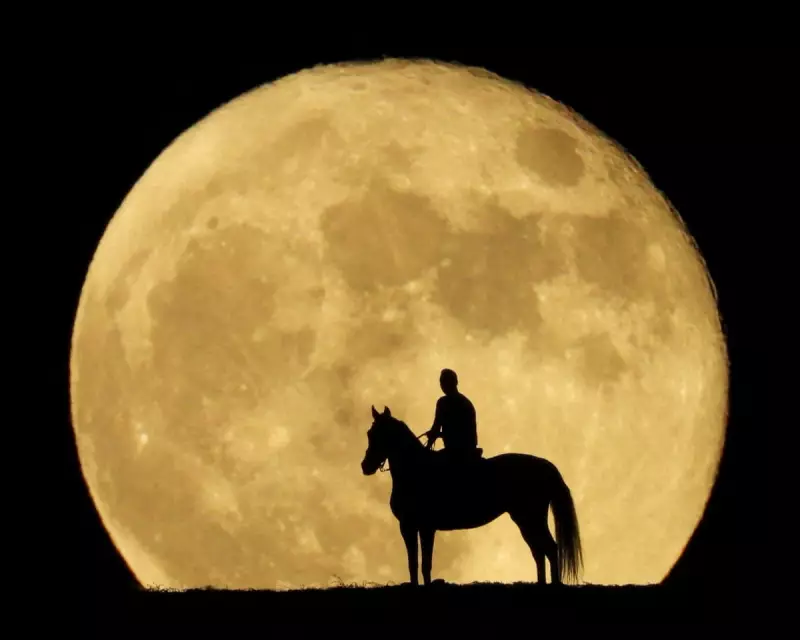
This Wednesday evening, the night sky over Britain will host one of nature's most breathtaking spectacles - the largest and brightest supermoon of 2025. Astronomy enthusiasts and casual stargazers alike are in for a remarkable treat as our celestial neighbour makes its closest approach to Earth this year.
What Makes This Supermoon So Special?
Unlike regular full moons, this week's lunar display qualifies as a super-supermoon due to its exceptionally close proximity to our planet. The moon will appear approximately 14% larger and 30% brighter than when it's at its farthest point from Earth. This occurs because the moon follows an elliptical orbit, bringing it to what astronomers call perigee - the closest point in its monthly journey around our world.
When and Where to Watch in the UK
Peak viewing time: The supermoon will reach its fullest point on Wednesday evening, with optimal viewing from sunset through the night. For the best experience, find a location with minimal light pollution and an unobstructed view of the eastern horizon as the moon rises.
Urban dwellers needn't worry - this celestial show will be visible from cities and countryside alike, weather permitting. Even from brightly lit city centres, the supermoon's enhanced brightness will cut through the urban glow.
Perfect Conditions for Moon Gazers
This mid-week timing offers excellent viewing opportunities for families and working adults. The moon rises in the early evening, making it accessible for:
- Family viewing before younger children's bedtimes
- After-work relaxation with a celestial backdrop
- Photography enthusiasts seeking the perfect shot
- Romantic evening walks under the enhanced moonlight
Why This Supermoon Stands Out
While several supermoons occur each year, this week's event represents the closest approach of 2025. The moon will be nearer to Earth than during any other full moon this year, creating the most dramatic visual impact for UK observers.
No special equipment is needed to enjoy this natural wonder. Simply find a comfortable spot with a clear view of the sky, and let your eyes adjust to the darkness. For those with binoculars or telescopes, you'll be treated to an exceptionally detailed view of lunar craters and maria (the dark plains on the moon's surface).
Don't let this celestial opportunity pass you by - mark your calendar for Wednesday evening and prepare to be amazed by the night sky's most brilliant performer.





